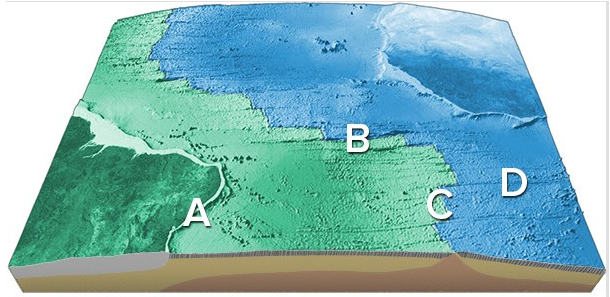What is a food taboo and how does that influence the availability of pork around the world?
What will be an ideal response?
Answer: A taboo is a restriction on behavior imposed by social custom. Taboos are especially strong in the area of food. Relatively well-known taboos against consumption of certain foods can be found in the religious texts, including the Bible. These Biblical taboos were developed through oral tradition and by rabbis into the kosher laws observed today by some Jews. The Biblical food taboos were established in part to set the Hebrew people apart from others. Christians ignore the Biblical food injunctions which reflected their desire to distinguish themselves from Jews beginning two thousand years ago. Furthermore, as a universalizing religion, Christianity was less tied to taboos that originated in the Middle East.
Among the Biblical taboos is prohibition against consuming animals that do not chew their cud or that have cloven feet such as pigs, and seafood lacking fins or scales, such as lobsters.
Muslims share the taboo against consuming pork, in part because the religion originated in the same area as Judaism. It is thought that growing pigs will compete with humans for the scarce resources in the dry mediterranean region.
As a result of taboos against consuming pork, the number of pigs raised in different regions of the world varies sharply. Pigs are especially scarce in predominantly Muslim regions, such as southwestern Asia and northern Africa. On the other hand, China, where consumption of pork is embraced, has nearly one-half of the world's pig stock.
You might also like to view...
On the accompanying figure, what type of feature is located in the area of letter C?

A) Transform fault
B) Midocean ridge
C) Linear island chain
D) Fracture zone
Groundwater moves ____
A)only when experiencing recharge B)in ways that are unpredictable C)only in a downward direction D)from areas of low pressure to high pressure E)from areas of high pressure to low pressure
The pull factor that was a significant factor for African Americans to move south to north in the early to mid-twentieth century was
A) inexpensive housing. B) equality under the law. C) education opportunities. D) factory jobs with higher wages. E) inexpensive agriculture land.
As the total world population approaches 10 billion, what is one issue that consumers will inevitably need to address?
A) There will not be enough food for 10 billion people, so consumers will need to consider euthanasia and forced starvation. B) As we approach 10 billion people, we will likely run out of renewable resources. C) Lifestyles and behaviors will need to follow a path of minimizing the consumption of resources. D) Attitudes and lifestyles will need to follow a path of increasing consumption of resources. E) Nonrenewable resources will need to be replenished.